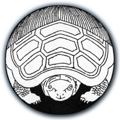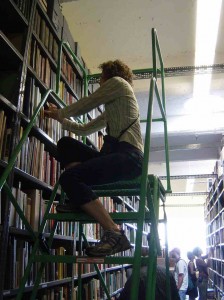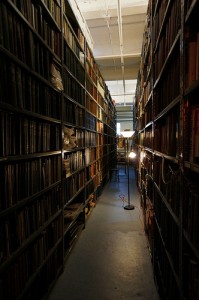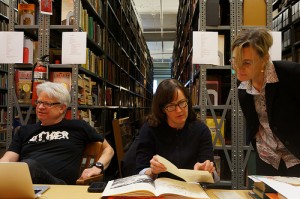Summer is here! If you’re compiling your summer reading list, the very first book I’d recommend would be The Twelve Lives of Samuel Hawley, by my friend Hannah Tinti. Here’s the dazzled and breathless email I wrote to Hannah when I read it in manuscript form last year.
Dear Hannah,
Oh my god. Your book is magnificent! I started reading it on the ferry and got so completely lost in it I didn't realize the boat had docked, missed my cue to disembark, and made all the cars behind me wait until I threw my iPad aside, frantically tried to start the car, stalled the engine, and finally drove off. I took a bumpy puddle jumper to Vancouver and read all the way and made myself sick, and then continued on the Skytrain into town and almost missed my stop. That was Thursday. This morning I was reading again on the Skytrain on the way back to the airport, and rode to the end of the line before realizing that I actually had missed my stop this time, and so I doubled back, barely made it to the airport, sprinted to the departure gate and arrived just as the doors were closing. When I finally got home, I crawled into bed, where I've been reading ever since, much to the consternation of my husband, who thinks I'm sick. And I just this moment finished, and my heart is racing, and I'm utterly wretched that I have to leave Loo and Hawley behind....Noooooooooo!
Huge congratulations! I don't even know where to begin with my praises. It's such a damn good story, gripping, suspenseful, and full of heart, and so exquisitely structured, too, so at the same time I was biting my knuckles and falling more and more deeply in love with the characters and their world, the writerly part of me was just gasping in awe at what you were doing technically, and tracking the way the story cycles back on itself and moves through time in these great spiraling orbits. And then, there's the overall gorgeousness of the language and imagery, but never too much, never detracting from the story, never getting in the way. So satisfying on every level.
I absolutely love it. This is truly one of the most enjoyable and satisfying reading experiences I've had in recent memory.
Love,
Ruth
So go and get this amazing book and enjoy it, but do be careful where and when you read it!





